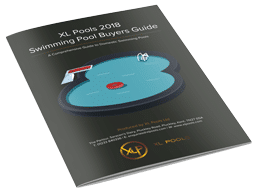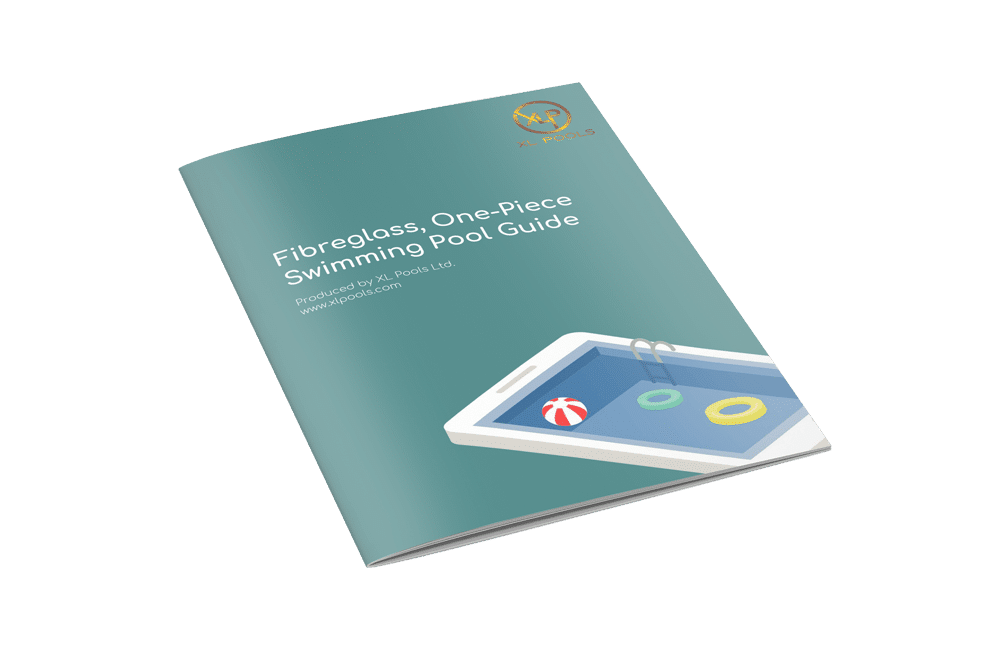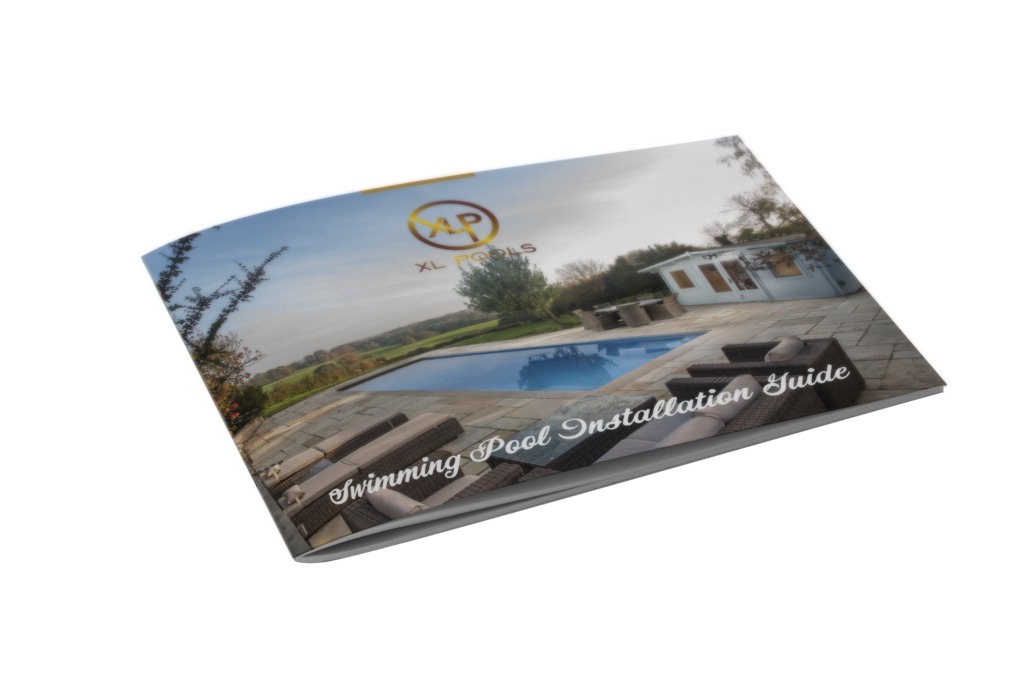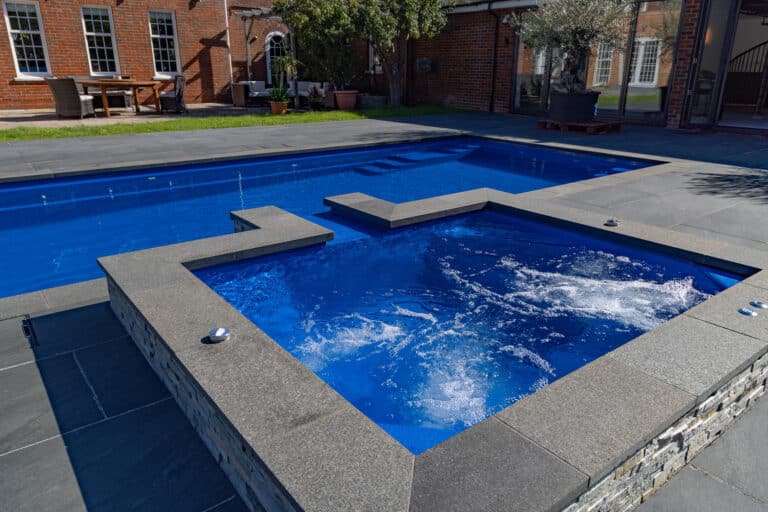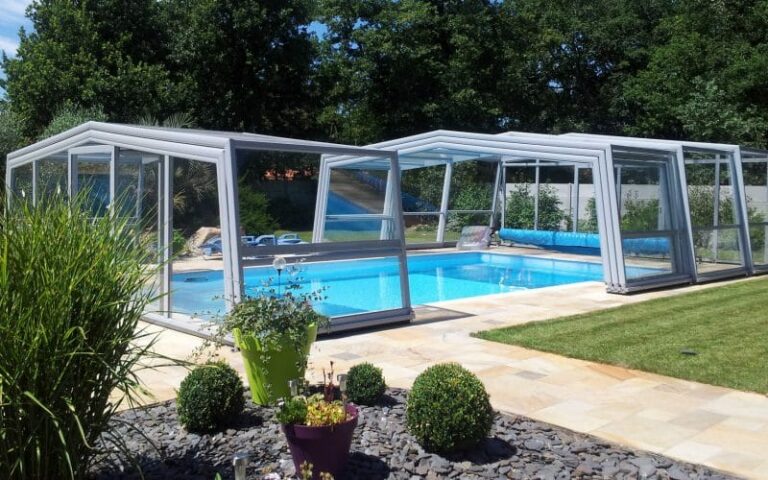A common problem pool owners ask is why their return jets are bubbling? It is not unusual to start seeing small bubbles enter the pool and whilst this isn’t a problem that will cause damage it can be quite annoying, so we will explore the reasons why this happens and give you a few troubleshooting points yourself before calling the professionals.
What Causes the Bubbling
The typical reason your pool is bubbling is because air is entering the system somewhere. This could be at point of entry on the skimmers or further down the line in the filtration system. You may not see a leak of water anywhere as the pressure of the system will keep the water in the pipework, but it will still be able to draw air. Here are the places we recommend you check:
1/ The Skimmers
Firstly, the best thing to do here is check your water level. The water should be about mid-way up the skimmer opening. Some skimmers even have a mark on the skimmer facia to note where the water should be. If the water is low, then the skimmer will start to draw air as well as water into the filtration system.
Check the skimmer basket and weir. To ensure good suction the skimmer basket should be in place properly and not unseated. Make sure the basket is in it’s correct position. Most baskets should also have a lid which is called a collar weir. Ensure this is designed to stop debris entering back into the pool. This should move freely, sometimes they can get jammed and will not bob on the surface as they should. If you don’t have a weir collar, then it is not the end of the world. Some skimmers have a weir flap on the entry of the skimmer. If this is the case, check that this too can move freely.
2/ The Pump
This is where we find a lot of problems can occur. Switch off the pump and take off the pump lid. Carefully check the lid for cracks. If there appears to be any damage of the plastic, then look to replace this. The crack will almost certainly be introducing air to the system. Also check the rubber O-ring. Feed it through your finger and thumb and look for cracks, chips and any general damage. You can use a lubricant (like Vaseline) to extend the life of your O-ring but it is recommended to order a new one if you find cracks. They are not expensive and will save a lot of trouble down the line.
Check the pump basket too while you have the pump open. Check that the basket is in good condition and is seated correctly. Some pump baskets require twisting to lock them into place, some others have a specific slot they seat into.
Lastly with the pump, check the drain plugs. Typically, there are two, one at the bottom of the basket section of the pump and another in the centrifugal chamber behind it. Check both drain plugs are screwed up tight. If in doubt wrap 3-5 wraps of PTFE tape (available at all DIY and plumbing shops) around the plug and then screw it back in.
3/ The Unions
The unions are plastic ends to pipes which have a screw fitting to connect them to equipment or indeed, other pipes. Starting at the pool valves right through to the point your pipework exits the filtration room, check each union and make sure they are all tight. If you have the patience, you can unscrew all these unions and you will find an O-ring on each of these unions. As before checking for damage here and ensuring they are seated properly might identify the problem as if not seated correctly they will not create a proper seal and will allow air to enter the system.
If after checking all these points you cannot find the source of the air, then it might be time to call in the professionals. A pressure test in isolated areas will show a pool engineer exactly where to look and hopefully find the problem and resolve easily.

